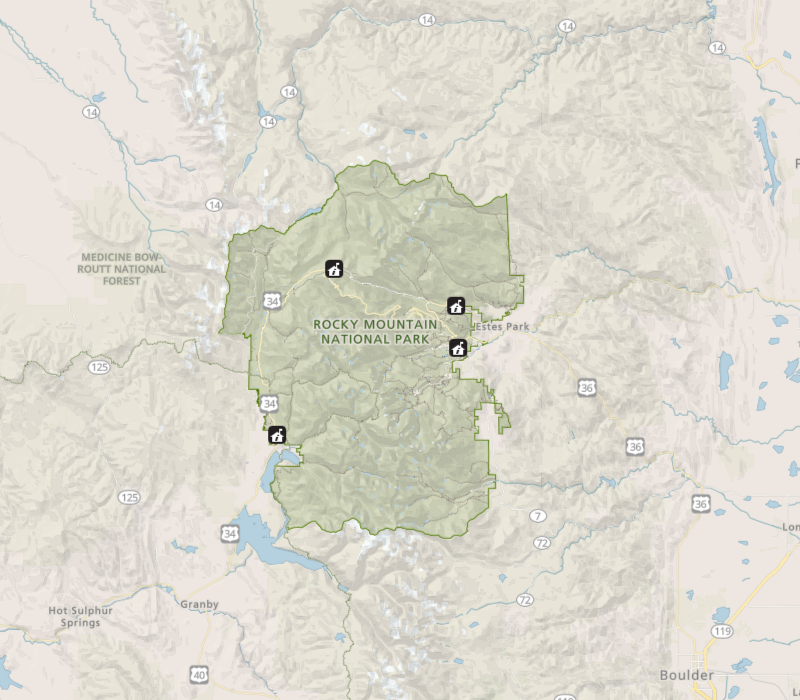
USGS Investigators: David Clow
NPS Investigators: Scott Esser
| 2022 | 2023 | 2024 |
|---|---|---|
| $99,900 | $99,900 | $99,800 |
Like much of the western United States, Colorado experienced a devastating wildfire season in 2020, with multiple large fires burning concurrently through summer and fall. One of the largest fires in state history, East Troublesome, burned approximately 200,000 acres, including over 30,000 acres in Rocky Mountain National Park (ROMO). The fires were fueled by persistent drought, large numbers of beetle-killed trees, and high winds.
The fires may have severe effects on the water quality of ROMO streams and lakes, which are Class 1 Outstanding Natural Resource Waters, indicating they are of exceptional ecological and recreational significance, designated for cold water aquatic life, and receive the highest level of protection at the federal level. In addition to the streams’ ecological and recreational importance, the public relies on streams in ROMO for high-quality drinking water. This study benefits from a wealth of pre-fire stream chemistry data from a previous study, providing a unique opportunity to quantify changes in water quality associated with the fire.
The objective of the proposed study is to examine the effect(s) of wildfire on surface-water quality in ROMO, with an emphasis on constituents that may affect aquatic ecosystem health, human health, and drinking-water supplies (SS, DOC, and nutrients). Specific questions include:
• What will be the timing and magnitude of changes in stream water quality?
• How long will the changes in stream water quality last?
• How much of an effect do storms have on stream water quality in high-elevation basins?
